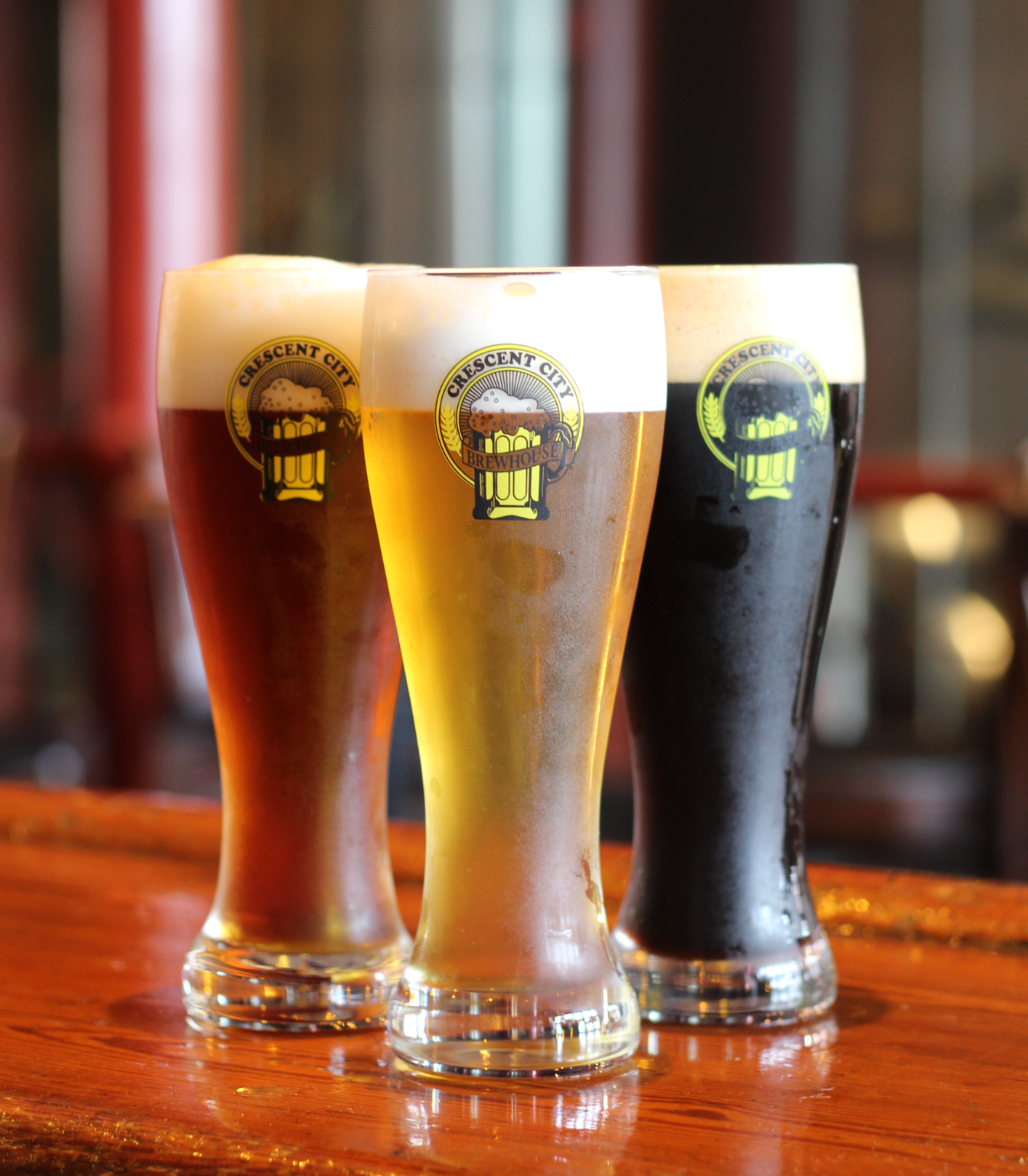Beer is Here to Stay
It's not easy to be a brewery in the Big Easy, so drink up and support the few craft breweries we have left.
Louisiana is not a huge brewery state compared to the likes of Michigan, Wisconsin, Ohio, or Colorado, all of which have impressive per capita brewery stats. But not everything NOLA does well has to be as big as, say, our Mardi Gras parades or our potholes. We do plenty of amazing things on a smaller scale, and these things always have a unique New Orleans flair and flavor that set us apart from your standard American statistics.
In New Orleans, we have about a dozen active breweries, give or take a few per year. According to a 2022 Biz New Orleans article, Louisiana has the second fewest breweries per capita in the country. A big reason for our smaller numbers is simply our laws. "Look at any state that has low breweries per capita and you'll find laws that hinder growth," said Jeremy Labadie, co-author of New Orleans Beer: A Hoppy History of Big Easy Brewing.
According to Meagen Moreland, co-owner of the recently closed Happy Raptor Distilling, "The cost of entry into the market, combined with shipping, legal, and distribution restrictions, is exorbitant. There is simply not the cash flow, resources, or support for small business in the state to support an emerging market in this industry. Without the resources to ship or distribute, local businesses have to rely on the more traditional tourism and hospitality avenues, which took a sharp nosedive during and after the pandemic."
"They struggle from many of the same issues that small independent restaurants struggle with," said Senior VP of Communications for the Louisiana Restaurant Association Wendy Waren. "The first is a lack of adequate working capital to cover their expenses when business slows in the summer. Second is the lack of ability to borrow additional capital due to operating out of a leased property. Third is that, due to the first two, it is difficult to build a brand other than through word of mouth."
Natural disasters don't help us either. Happy Raptor Distilling closed in 2024, and Hurricane Ida was one of the reasons. "We lost more in hard costs and potential revenue in Ida than I could have predicted, but many craft beer establishments were even more greatly impacted," Moreland said.
But on a "hoppier" note, despite all these obstacles, "New Orleans and Louisiana have a culture that is so vastly different than anywhere else in America that our beer matches our amazing cuisine, our hodge-podge of cultures, and our propensity to socialize," according to Labadie.

As Edward Branley, aka New Orleans History Guy, whose blog of the same name includes a comprehensive history of local beer brewing, also pointed out, "There's more to a 'beer culture' than number of breweries. We live in a hot and humid climate, and cold beer is a cure for that. Long before folks sat in a beer garden, having a local artisanal IPA, they sat on the front porch, drinking a cold Falstaff. Beer is the main staple at a crawfish boil, a church parish fair, or a bunch of folks sitting in the den watching the Saints."
And while we may be more of a cocktail and cuisine town than a beer town, "cocktails don't work for washing down a plate of red beans on a Monday," Branley noted.
But why do tourists come for our cocktails more than our beer? According to Labadie, this likely has to do with New Orleans' history. "If you look at countries like France and Spain, neither country is really known for their brewing. But cocktails and wine? Definitely."
However, Labadie noted, in our earlier days, German immigration changed not just New Orleans but the entire US beer landscape. In 1907, German immigrant Valentine Merz opened Dixie Brewery. It operated nearly one century until Hurricane Katrina destroyed its Tulane Avenue brewery. Despite making a comeback thanks to Tom and Gayle Benson, the plant closed at the end of 2023. Many other breweries opened by German immigrants in the 1870s and 1880s closed due to Prohibition. Eventually, New Orleans' growing tourism industry and reputation for fine cuisine caused beer demands to lessen even more.
"Tourists didn't come for beer. They came for the 'exotic, European' charm of the city. That wasn't German lager. They sought out the Sazerac, Absinthe Frappe, or the Ramos Gin Fizz—even the French 75. They came for the restaurants rather than bars," Branley said.
The craft beer movement of the 1980s and 1990s impacted New Orleans, but not as much as other cities. Abita Brewery opened in 1986, and Crescent City Brewhouse opened in the French Quarter in 1991. It wasn't until a few years after Katrina that our craft brewery scene fully emerged, and it continues to evolve creatively. Here are the additional New Orleans-based breweries still in operation post-Katrina, post-Ida, and post-pandemic:
• NOLA Brewing (2008)
• Courtyard Brewery (2014)
• Second Line Brewery (2015)
• Urban South (2016)
• Brieux Carré (2017)
• Parleaux Beer Lab (2017)
• Port Orleans Brewing Co. (2017)
• Miel Taproom (2018)
• Zony Mash Beer Project (2019)
• Oak Street Brewery (2021)
• Skeeta Hawk Brewing (2022)
• Brewery Saint X (2023)
• Care Forgot Beer Craft (Humid Beer) (2023)
• Ecology Beer Creative (2023)
It is encouraging to see that new breweries are opening in NOLA each year, but they will require even more resilience. The war between Russia and Ukraine is having an impact on the price of barley, and with rising costs of aluminum, everyone in the brewing world is feeling the stress. It's enough to drive beer fans to drink, which is exactly what you should do. The dollars you spend on your relaxation can help keep these local beer crafts afloat.

